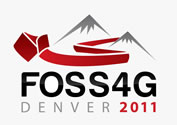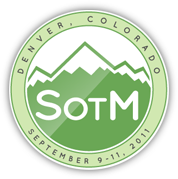Store, manipulate and analyze raster data within the PostgreSQL/PostGIS spatial database
Raster support is the new big feature of PostGIS 2.0. You can now store georeferenced, multiband, multiresolution, with nodata value raster coverages in the popular spatial database. A raster coverage is typically stored as a table of many tiles. You can load rasters in any format supported by GDAL and the list of raster tables is available to applications in a table named raster_columns. You can do raster/vector analysis doing intersections as you are used to do them with vector data stored in PostGIS. You can also do raster analysis in the raster way with a set of map algebra functions working one pixel at a time, on the neighborhood of a pixel, on two rasters, with expressions or custom user PL/pgSQL functions. All analysis takes nodata values into account unless specified. You can edit rasters pixel by pixel, many pixels at a time, using raster coordinates or georeferenced geometries. You can also convert PostGIS rasters to geometries or to any raster format supported by GDAL. You can also dump those rasters in the filesystem using the GDAL driver or display them in QGIS or svSIG. With raster, topology, routing and 3D capabilities, PostGIS is becoming a complete in-the-database GIS driven with the SQL language.
After working for 5 years as an analyst at Bentley Systems in Quebec city and an doing a master degree in geomatics, Pierre Racine is now research assistant at University Laval. He is the initiator and manager of the PostGIS raster project.











